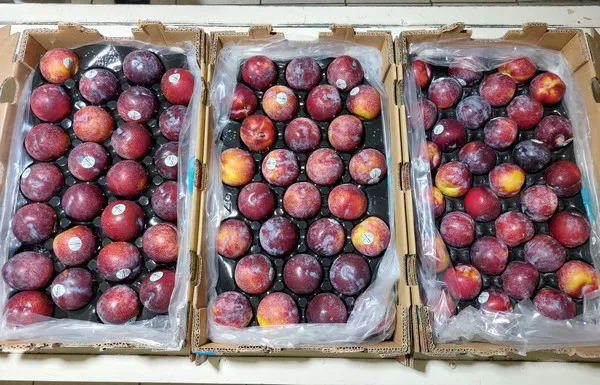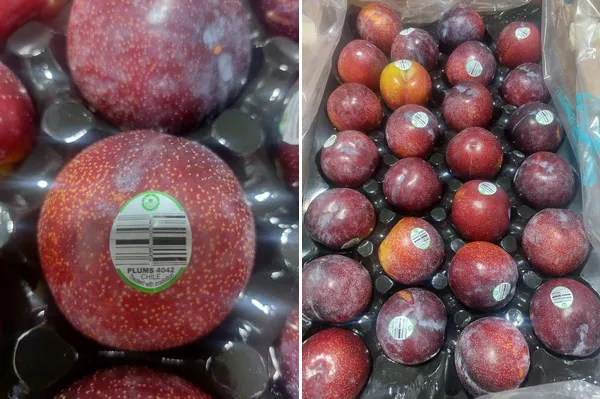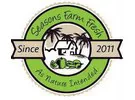Now that the arrivals of Chilean plums into the U.S. have been approved by the USDA under Systems Approach, importers are trying to maximize what’s left of the season.
“Aside from the phytosanitary and market access issues, the overall supply was down compared to normal years,” says Nick Bernal of Seasons Farm Fresh, Inc. in Miami, FL. “It wasn’t a bad year, but it’s not a typical year.”
However, the lighter supply could also be attributed to some weather issues including bouts of heavy rain in the summer combined with sustained periods of heat. “The harvest goes until week 11 or 12 so in the next few weeks, the official harvest should be over and then plums are also stored in modified atmosphere storage. I’m hoping we have product until April,” says Bernal.

Irradiation facility availability
That said, this season plums hadn’t been completely shut out of the U.S. Some were making it through via irradiation, though it was only limited quantities given that currently the U.S. is only home to one irradiation facility (Gateway America) in Gulfport, Mississippi.
However, irradiation facilities will be expanding to more major ports, with the next major project underway in Hildago, TX anticipated to come online this year. And Bernal thinks irradiation is the future for importing produce into the U.S.
“It’s in its infancy now and a lot of people don’t understand it. But I think it will replace methyl bromide fumigation in the next few years,” says Bernal. “This will mean faster fruit to market and better quality fruit. You get shelf-life enhancement because it sterilizes everything and gets rid of a lot of those bacteria and pathogens. Irradiation is commonly used for meats, live oysters and it doesn't impact the taste and structure of the product and it can be done at the ambient temperature too.”
Meanwhile the fruit that had been coming in and continues to arrive is meeting strong demand. “We don’t have enough plums. Whatever we can bring in is gone,” says Bernal. Also seen this season in the U.S. market were plum imports from both South Africa and Argentina, two regions that don’t normally supply plums at this time.

Logistics issues
Bringing in fruit has been challenging given port delays and the lack of charter and container vessels. “And the Chilean grape market was incredible this year so those took precedence. People have been shipping by air freight but air freight has increased in pricing over last year so it’s been tough,” says Bernal.
As for plum pricing, it’s been strong. The plum market by air has been $32-$38 because of air freight costs. On bulk, fumigated product, pricing has been between $24-$28. “It’s definitely a good market. In a typical year, $20-$22 is a pretty average price,” he says.
Looking ahead, under Systems Approach, more volumes will arrive. “But the season doesn’t have that much time left so people will try and make up as much time as they can,” he says. “Many exporters knew though there wasn’t going to be a big window this year and have found alternate markets such as Latin America, Europe and Asia. So it’s going to be a lot lighter volumes than normal so prices should maintain. I don’t think they’ll go crazy because a lot of retailers didn’t count on having plums this year.”
 For more information:
For more information:
Nick Bernal
Seasons Farm Fresh, Inc.
Tel: +1 (305) 608-9020
nick@seasonsfarmfresh.com
https://seasonsfarmfresh.com/
